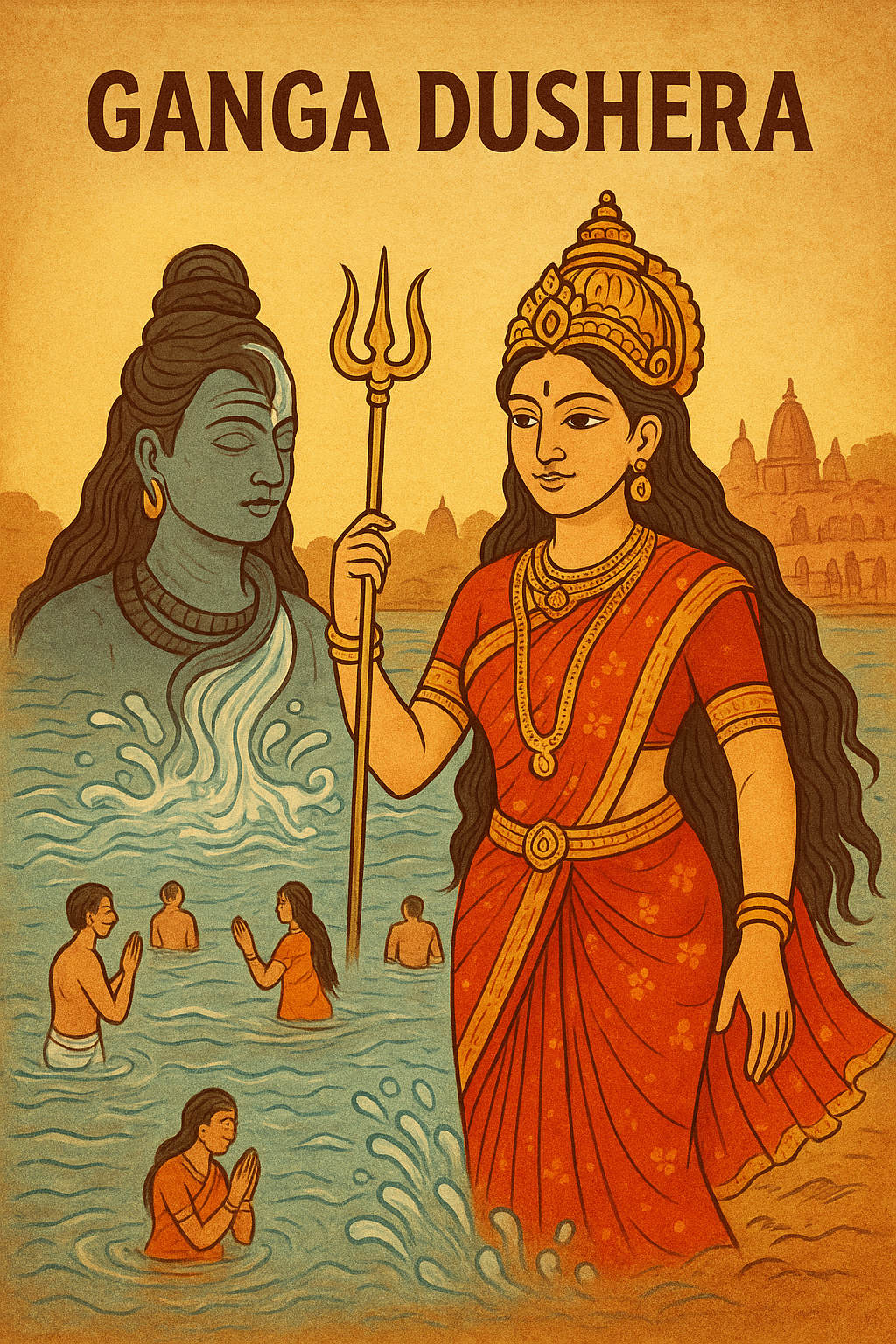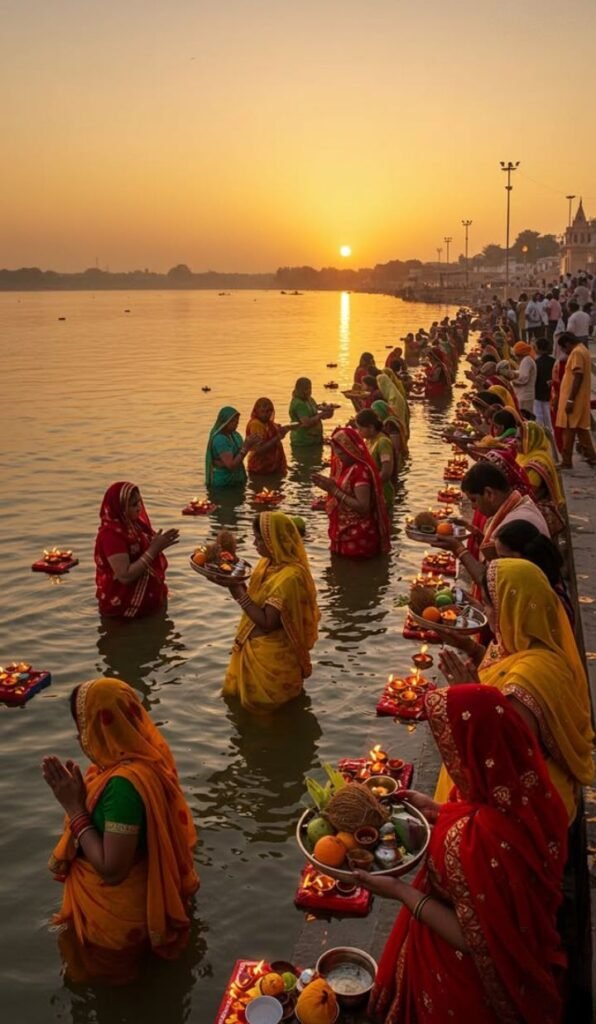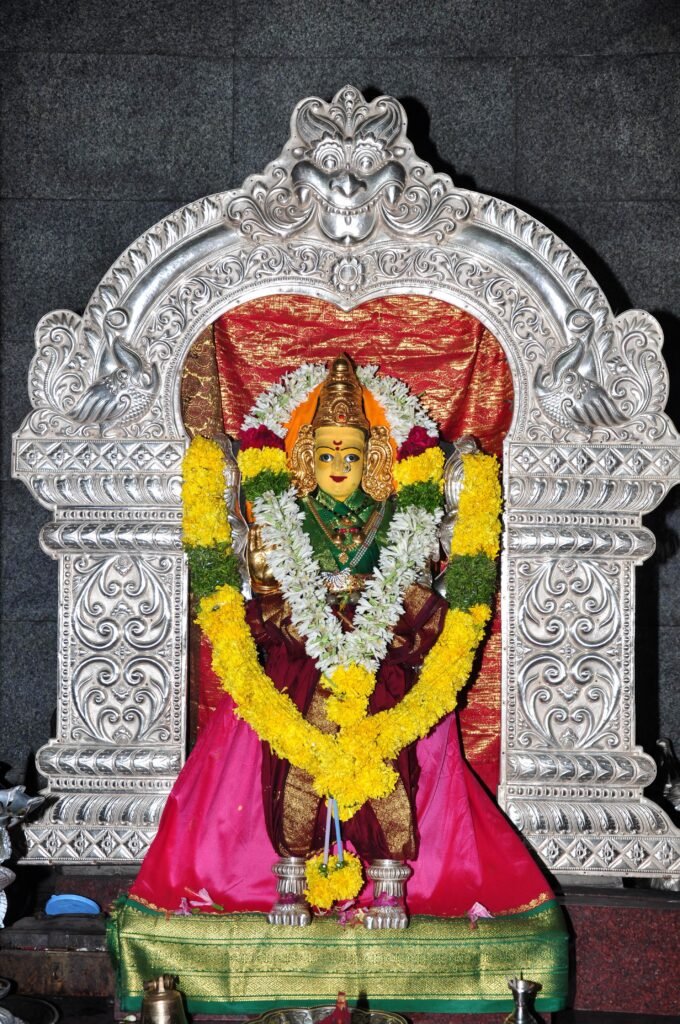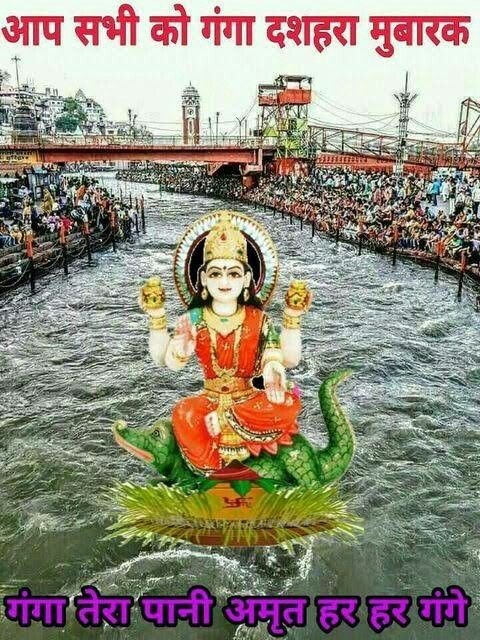Hindu Festivals Ganga Dushera
Hindu Festivals Ganga Dushera
Ganga Dushera
Ganga Dushera is a sacred Hindu festival celebrated to honor the descent of the holy river Ganga from heaven to earth. According to Hindu mythology, King Bhagiratha performed intense penance to bring the Ganga to earth for the salvation of his ancestors. It is believed that on this day, the mighty river descended from the heavens and flowed down to purify humanity. The festival usually falls in the month of Jyeshtha (May–June) on the tenth day of the waxing moon (Shukla Dashami). On Ganga Dushera, devotees take ritual baths in the Ganga and other holy rivers, as it is said to cleanse sins and bring spiritual merit. In cities like Haridwar, Rishikesh, Varanasi, and Prayagraj, thousands of pilgrims gather to worship the river, offer flowers, diyas (lamps), and perform aarti on the ghats. People also recite Vedic hymns and perform charity, believing it brings peace, prosperity, and liberation from past wrongdoings. The name “Dushera” signifies the destruction of ten sins, and bathing in the Ganga on this day is considered equivalent to washing away these ten evils. Thus, Ganga Dushera is not just a festival but also a celebration of purity, devotion, and gratitude toward the sacred river.


Ganga Dushera is a sacred Hindu festival that marks the descent of the holy river Ganga from heaven to earth. It is celebrated on the Dashami (tenth day) of the waxing moon in the month of Jyeshtha (May–June). According to legends, King Bhagiratha’s penance brought the Ganga to earth to purify his ancestors’ souls. On this day, devotees take a holy dip in the river, as it is believed to cleanse sins and grant salvation. Rituals, prayers, and offerings are performed on riverbanks, especially at Haridwar, Varanasi, and Prayagraj. The festival symbolizes purity, devotion, and spiritual liberation.






Rituals & Traditions of Ganga Dushera

Ganga Dushera is one of the most important Hindu festivals, celebrated with deep devotion to honor the holy river Ganga. It marks the occasion when the river is believed to have descended from heaven to earth to purify humanity and grant salvation. The festival is observed on the Dashami (tenth day) of the Shukla Paksha in the month of Jyeshtha (May–June). The word “Dushera” symbolizes the destruction of ten sins, and thus it is believed that bathing in the Ganga on this day cleanses all impurities of body and soul.According to ancient legends, King Bhagiratha performed severe penance to bring Ganga to earth so that the souls of his ancestors could be liberated. Pleased with his devotion, Goddess Ganga agreed to descend, but her mighty flow was unbearable for the earth. Lord Shiva, in his compassion, caught her in his matted locks and released her gently. This sacred event is remembered as Ganga’s descent, celebrated as Ganga Dushera.The festival is observed with grandeur, especially at Haridwar, Rishikesh, Prayagraj, and Varanasi. Devotees gather on riverbanks to take a holy dip, believed to remove sins and grant spiritual merit. They offer prayers, flowers, incense, and diyas to the river. Rituals include performing Ganga aarti, chanting mantras, and lighting lamps that float on the river, creating a divine atmosphere. Another important ritual is “Dasha Daan,” or the offering of ten sacred donations such as clothes, food, and grains, symbolizing purity and charity.
Beyond religious faith, Ganga Dushera emphasizes the cultural and ecological significance of rivers in India. The Ganga is not only worshipped as a goddess but also serves as the lifeline for millions, providing water, fertility, and prosperity. Thus, the festival reminds people to preserve and respect rivers as sacred sources of life.
Spiritual Importance & Cultural Significance
Ganga Dushera is one of the most revered Hindu festivals, celebrated to honor the divine descent of the river Ganga from heaven to earth. It is observed on the Dashami (tenth day) of the Shukla Paksha in the month of Jyeshtha, which usually falls in May or June. The word “Dushera” refers to the destruction of ten sins, symbolizing spiritual purification. On this sacred day, millions of devotees gather at riverbanks to bathe in the holy Ganga, believing that her waters can cleanse their sins and grant liberation.The festival has deep roots in Hindu mythology. According to ancient scriptures, King Bhagiratha performed severe penance to bring the Ganga to earth so that his ancestors, who were cursed and turned to ashes, could attain moksha (salvation). Pleased by his devotion, Ganga agreed to descend. However, her divine flow was so powerful that it threatened to flood the world. To prevent destruction, Lord Shiva captured her mighty waters in his matted locks and gently released them as streams. This sacred act made it possible for Ganga to flow gracefully across the earth, purifying all that she touched.
Rituals and Celebrations


Modern Celebrations

In modern times, Ganga Dushera continues to be celebrated with great devotion, but it has also taken on new forms that blend tradition with contemporary awareness. The main practice of bathing in the holy river remains central, with thousands of devotees gathering at sacred places such as Haridwar, Rishikesh, Varanasi, and Prayagraj to take a dip. Alongside rituals, the festival has become a platform for cultural events, devotional music programs, and large community gatherings where people come together to celebrate their faith.Modern Ganga Dushera also emphasizes environmental awareness. Since the Ganga faces challenges like pollution and overuse, many organizations and local communities use this day to organize river-cleaning drives, awareness rallies, and campaigns to reduce plastic waste. This adds a social and ecological dimension to the traditional religious practices.Another modern aspect is the increasing participation of pilgrims from across the world. With better transport and media coverage, people from various parts of India and abroad travel to Ganga ghats to witness the grandeur of Ganga aarti and join in the festivities. The sight of thousands of lit diyas floating on the river at night is now also a major tourist attraction.In cities, people who cannot travel to the Ganga celebrate the festival at local temples by




















































